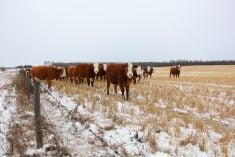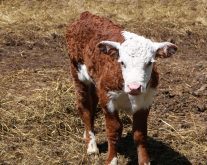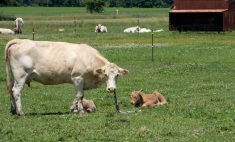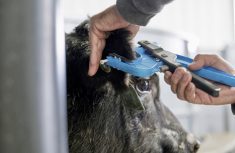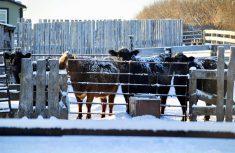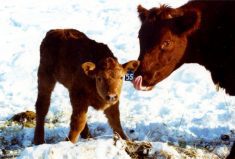It’s been an unpleasant spring, to say the least, and for young calves, spring blizzards and cold temperatures can be downright dangerous. Whether you’re dealing with frostbite or dehydration linked to hypothermia, we’ve got you covered with the following articles.
Calf 911: How to spot dehydration in young or scouring calves: Dehydration may not be the first thing that comes to mind when facing cold weather, but it’s linked to hypothermia. Scours only heightens that risk.
Dealing with frostbite in calves: While we hope no one is facing frostbite this time of year, here’s a reminder on the best ways to warm up a calf.
Read Also
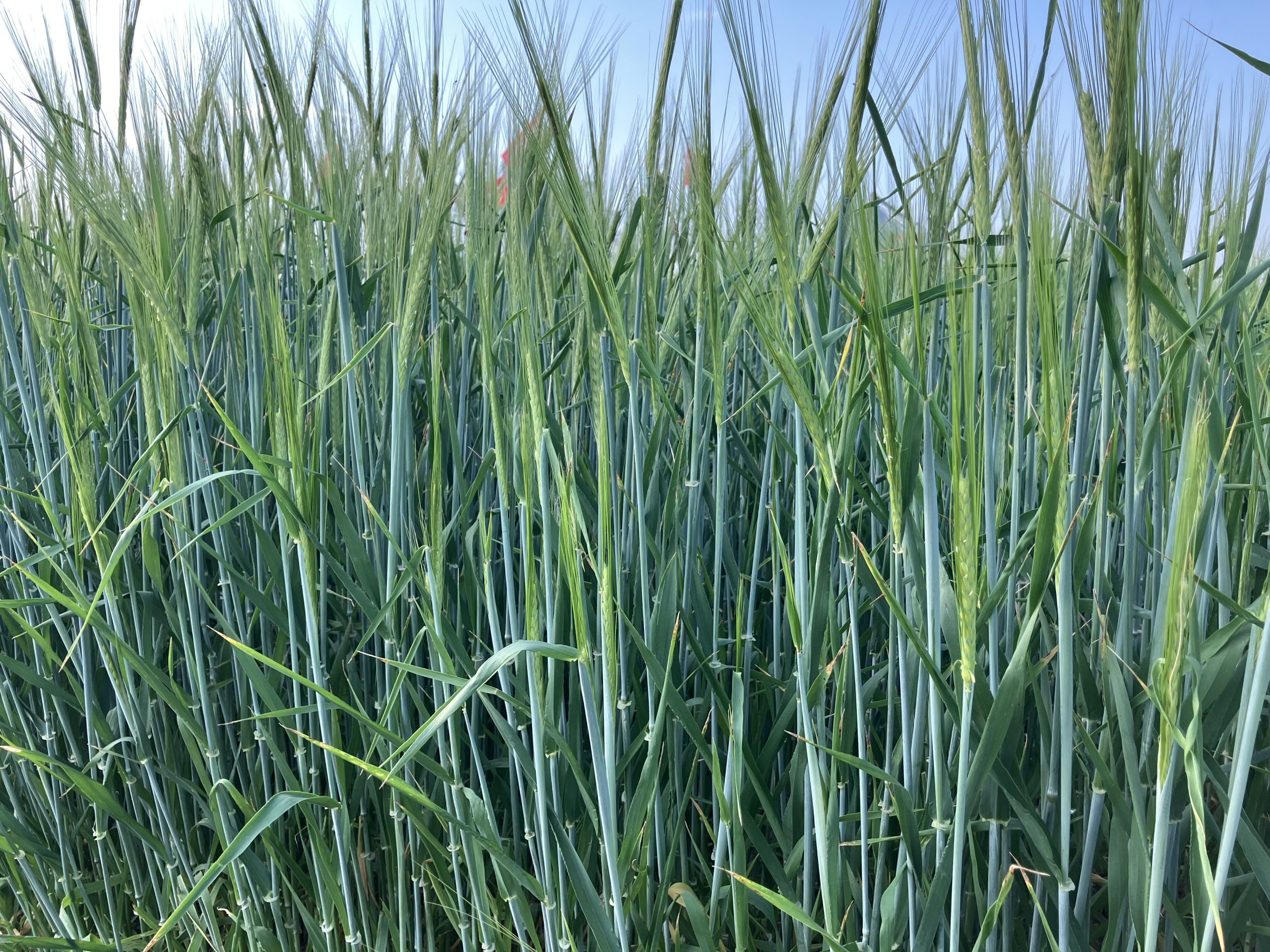
Canadian farmers plant less barley in 2025
I’ve received many inquiries from cattle producers about the feed grain outlook for the 2025-26 crop year. Cow-calf producers have…
Calf 911: Managing colostrum so newborn calves thrive: Calves experiencing hypothermia are more likely to need help getting colostrum. Here are a few tips on how to do it.
The ins and outs of stomach tubing calves and How to tube-feed a newborn calf: Of course, if you’re feeding colostrum, there’s a chance you may have to tube-feed it.
Early treatment vital to fight septicemia in young calves: Cold weather is one risk factor for septicemia. Learn how to manage it here.



